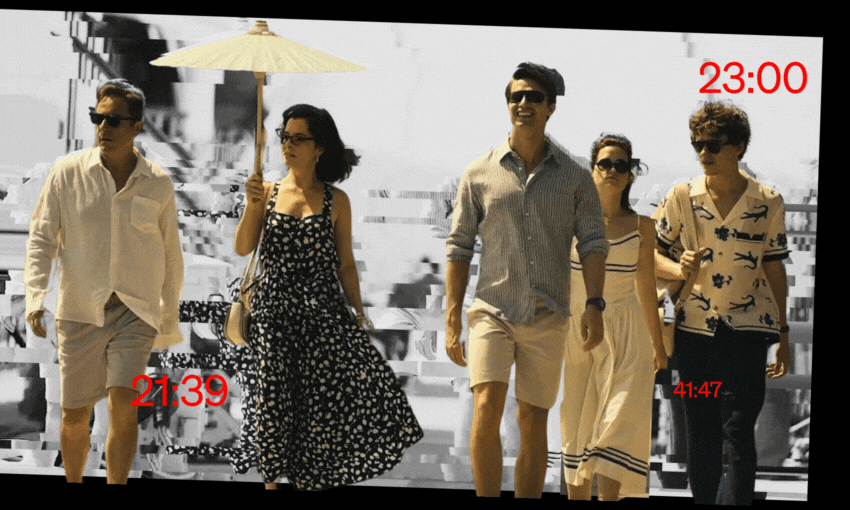Doctor Who superfan Teddy O’Neill checks out the new exhibition Doctor Who Worlds of Wonder: Where Science Meets Fiction, at Wellington’s Tākina Centre.
Nearly 61 years ago, Doctor Who premiered on TV screens across the UK. In September 1964, Aotearoa became the second place in the world to broadcast the show. Fittingly, we are also the second place after the UK to see the new exhibition Doctor Who Worlds of Wonder: Where Science Meets Fiction, which opened at Wellington’s Tākina Centre on June 1. The exhibition promises its attendees the chance to “come face to face with the show’s iconic characters, share the Doctor’s adventures and explore some of the worlds visited on screen.”
I’ve been a Whovian for as long as I can remember. My mum instilled the routine of settling in every weekend to watch the latest episodes at a very young age. As a life-long fan of Who, I was extremely excited when I arrived at Tākina, and entering the exhibit felt exactly how I wanted it to. The first room is small, like a pseudo foyer, with quotes lining the walls from various Doctors and real-world scientists.
The classic theme music played, building tension. Its bass hummed through the floor. I stepped through the Tardis doors into the main exhibition area. I couldn’t help but smile. I wanted to “go poke it with a stick,” in the words of the Eleventh Doctor.
The exhibition aims to connect Doctor Who with the real-world science behind some of the fictional concepts. It does this through informational videos and tactile elements, including interactive tables with touch-screen displays dotted throughout the exhibition.
The Monster Vault was easily the highlight for the fanboy in me. The room was filled with 1:1 scale replicas of various Who aliens and monsters. I climbed inside a Dalek. I had a staring contest with a Weeping Angel. And of course, I played around with a Cybermite. The exhibition also features a Dalek voice-changer, where you can record your voice and it will distort whatever you say to sound like it’s coming from one of the evil, sassy aliens, which I spent far too long messing around with. After watching these creatures on screen my whole life, seeing them up-close and personal was thrilling.
The various costumes and concept designs round out the experience with lots of timey-wimey joy. They include the original Tardis concept drawings, the screen used costume for the Fisher King, and a model of Lady Cassandra, which has had her face projected onto the model so that it can speak and act as if she’s really there.
The final room of the exhibition is emptier than the other areas, and features only a compilation of Doctor Who clips, paying homage to every Doctor and the different eras of the show. They are all heartwarming, and lovely in their own way, but I was expecting a bigger finish from an exhibition which had started so strongly. It didn’t take away from the rest of the experience, but it was noticeable how sparse the finale was by comparison.
The exhibition, which was created in collaboration with BBC Studios, does a great job balancing Who content with real-life scientific ideas and theories. There are a multitude of attractions for big fans of Who, with countless props, costumes and toys. The scientific explanations are effective and clearly communicated, like the area on wormholes which describes teleportation and how the vortex manipulator could work in the real world. A lot of these concepts, like DNA manipulation and interdimensional travel, might be harder concepts for kids to grasp if you’re planning on taking the little ones.
Having walked through 61 years of Doctor Who, I can still state that I’m as much of a fanboy now as before I stepped through those Tardis doors, if not more so. Seeing those aliens and robots, like the illustrious K9, in person was truly special. At $30 a ticket for general admission, Doctor Who: Worlds of Wonder is an outstanding exhibit, but it’s definitely more for fans like me, who geek out on everything to do with Who.



